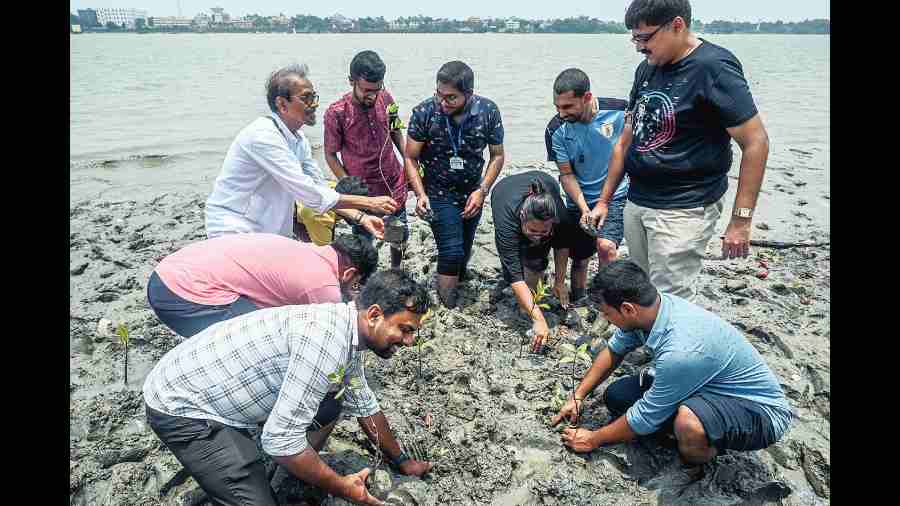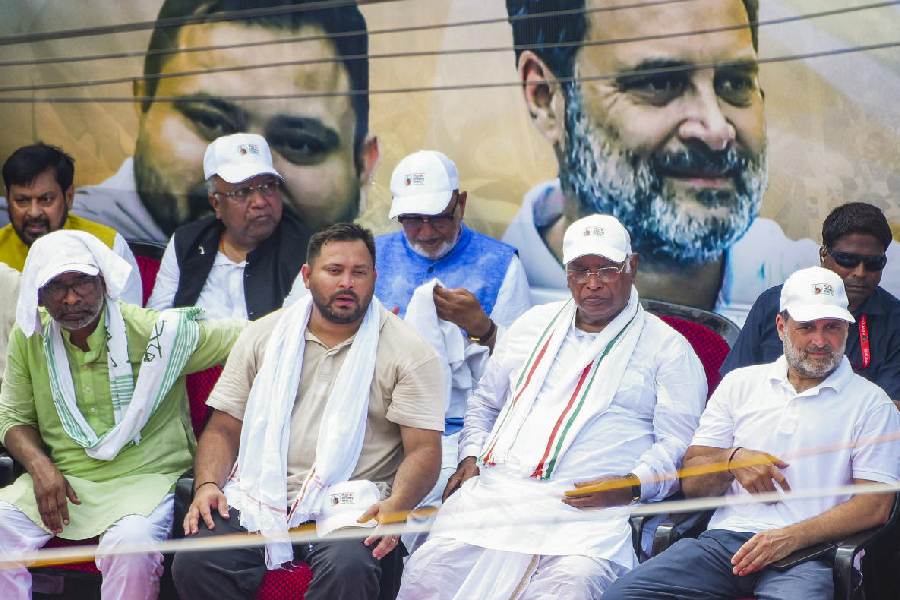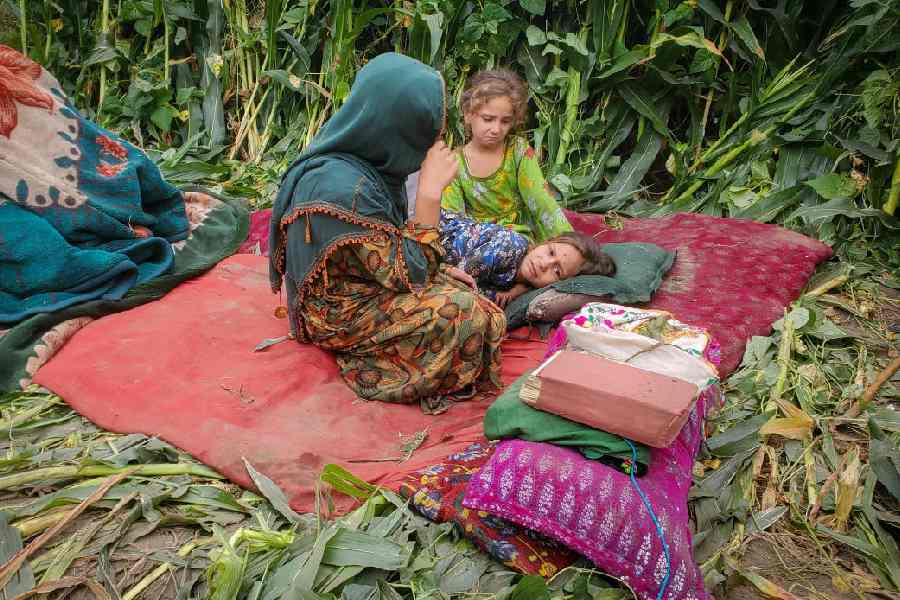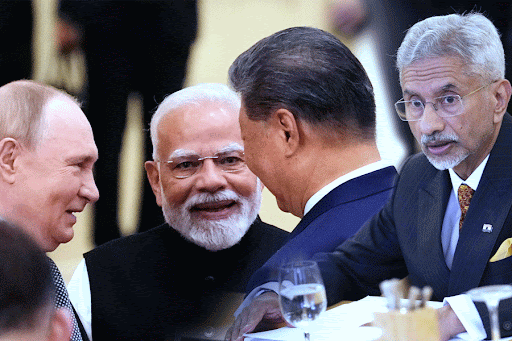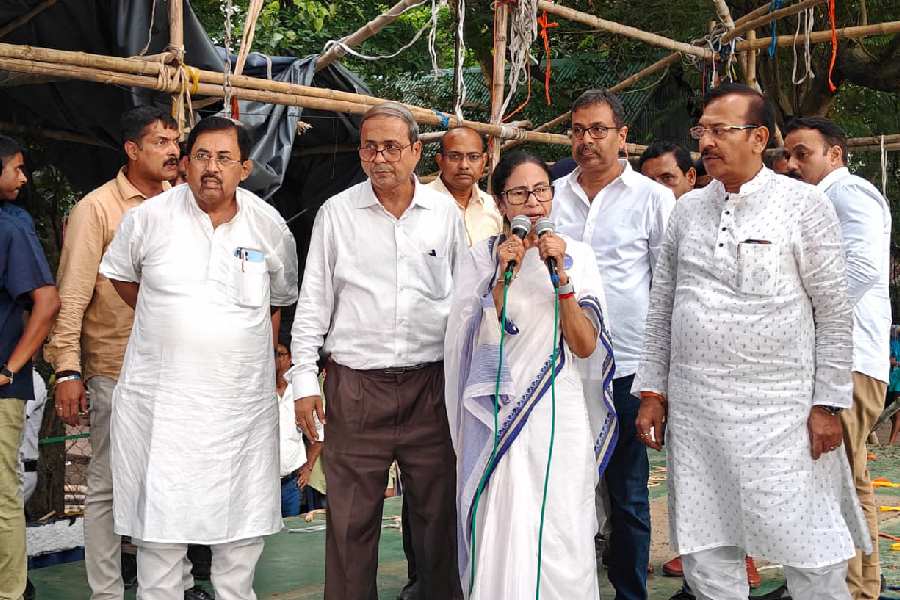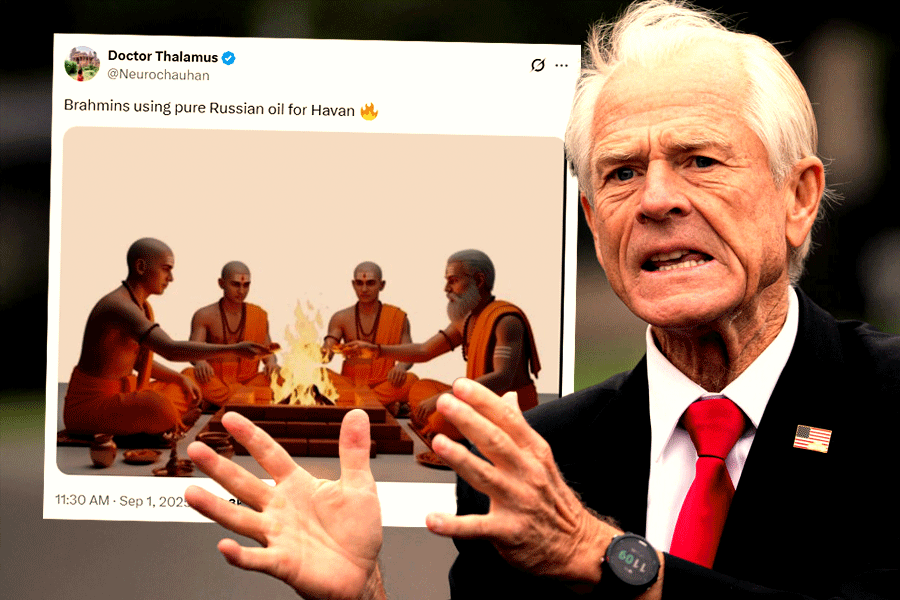Three organisations based in the Sunderbans, with help of the local clubs in Baranagar, on Sunday planted over 200 mangrove saplings on the banks of the river Hooghly on the occasion of World Environment Day.
“We found two or three species of mangrove that have naturally grown in a few pockets near Konnagar and Uttarpara. It proves that those species can survive alongside the banks of the river Hooghly” said Pranabesh Sanyal, a former chief conservator of forests, who was present during the plantation drive near the Baranagar-Kuthighat area on Sunday.
“The species of mangroves will also help reduce pollution and yield edible fruits,” he added.
The initiative comes at a time when erosion in areas near rivers of several Bengal districts has become a threat to ecological balance and the livelihood of people living near the banks. Over the past few years, and in the wake of several cyclones and heavy rains, reports of erosion have increased from several pockets of Hooghly, North 24-Parganas and Howrah.
A group of residents of Hooghly’s Balagarh had written to the state government and district administration several times over the past six months citing “crisis of livelihood” from erosion of one of the banks of the river Hooghly.
“Many people have lost their land and homes following this erosion. We have written to the state government in this connection,” said a resident of Balagarh.
After a study, organisers chose three species of mangroves which were planted alongside the river Hooghly. The three species are Keora (Sonneratia apetala), Ora (Sonneratia griffithii) and Chak Keora (Sonneratia caseolaris).
“This Sonneratia genus of mangrove is grown in a mixture of both saline and sweet river water and can’t live where the percentage of salt is high. During our survey, we found these types of mangroves naturally grow in places on the bank of Hooghly. So, we have chosen those plants for our plantation drive. We are very hopeful (that the plants will thrive),” said Umashankar Mondal, a geography teacher from a remote Sunderbans island.
Mondal had earned the moniker of Mangrove Man after planting lakhs of mangroves in the Sunderbans with the help of local people including women.
Mondal steered the Purbasha Eco-helpline society along with two other organisations, the Mangrove Theatre Centre and Estuarine and Coastal Studies Foundation. The three mainly operate in the Sunderbans region and were the prime movers in Sunday’s plantation drive.
Two local organisations — The Baranagar United Association and Prankrishna Saha Lane Fishermen’s Association — helped the organisers to plant the saplings.
After cyclone Amphan wreaked havoc on the fringes of Sunderbans, chief minister Mamata Banerjee had also directed South 24-Parganas district administration to plant five crore mangroves in a year to keep the ecological balance and prevent erosion of embankments in the remote areas.
A senior official in South 24-Parganas said they had planted around 10 crore mangroves in their region. Almost 60 per cent of those plants had survived so far, he added.
“In case of the plantation on the banks of Hooghly, even if 50 per cent of the plants survive, we will count our efforts as successful,” said an organiser.

